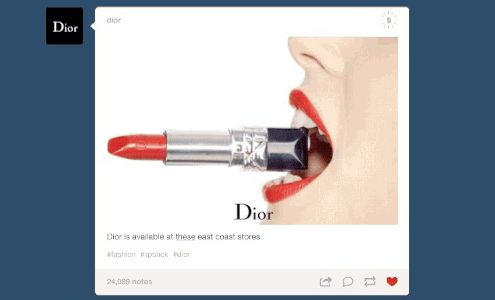Mastering the Art of Content Curation on Social Media

Every social media strategy benefits from content curation. For many brands, it is neither economical nor practical to create their own content every time; they usually end up posting too infrequently, or produce rushed, low quality work. Third-party content help keep followers engaged when you don’t have the resources to produce something of your own.
Good content curation is about compiling valuable content within your industry, and then presenting it to your audience in a meaningful way. By adding your own ideas and organizing everything into a convenient resource, you make this curated content worth more than just the sum of its parts.
Strategies and Tools for Effective Content Curation
The goal is to boost engagement and establish yourself as an expert within your niche. You want followers to think of your page as the go-to place for the latest, highest quality information. The content curation process can be divided into three phases.
Finding Remarkable Content
Discovering great content worth sharing is harder than you might think. Take note that there is no need to sort through every post on dozens of websites every week. Here are a few popular and free tools that can make things easier.
• Google Alerts – Simply type in a few keywords and phrases, and Google will search the web for the latest relevant articles. You can browse through its findings in an RSS feed, or have the list sent to you through email.
• Feedly – This app is one of the best tools for organizing the influx of content from your favorite feeds, blogs, and websites. If you want to follow multiple niche markets while keeping their content separate from each other, Feedly also allows you to create folders.
• Swayy – A content discovery tool exclusively for social media websites, Swayy sends you content that is both relevant to your interests and popular among your target audience. Find articles, videos, infographics, and much more with this handy dashboard. A more time-consuming but rewarding option is to reach out directly to the most influential people in your industry. For instance, you can ask each one of them a meaningful question, and create a post out of their responses.
Adding Unique Value
The next step is to organize and annotate what you found. One of the most widely used methods for curating content is by compiling multiple posts into a themed list, and then adding your personal insights for each entry. Through this, you distinguish yourself from the crowd of other brands and people that have shared the same thing.
You can be as creative as you like and there are tools that can help you arrange content into an attractive visual format. An example is Storify, which lets its users curate social posts into an interesting story. Meanwhile, other tools might arrange the content into a magazine or newspaper style.
Publishing to Your Audience
When posting, make use of in-built features on social media websites to give it as much exposure as possible. For instance, Facebook allows you to highlight any post, making it more prominent on your Timeline. This allows your curated content to be visible to a larger number of followers, leading to more shares.
Should you use paid promotion? This is a judgement call; some might balk at spending money to advertise curated content, but there is no reason to hesitate if the post does well. If it attracts more followers and boosts page engagement, it is usually worth promoting.
While it is tempting to go overboard with content curation, try to limit it to roughly a third of your posts. If you’re in contact with a social media marketing agency, they know that your social media activity must be a healthy mix of original content, curated posts, and direct interactions with followers.









